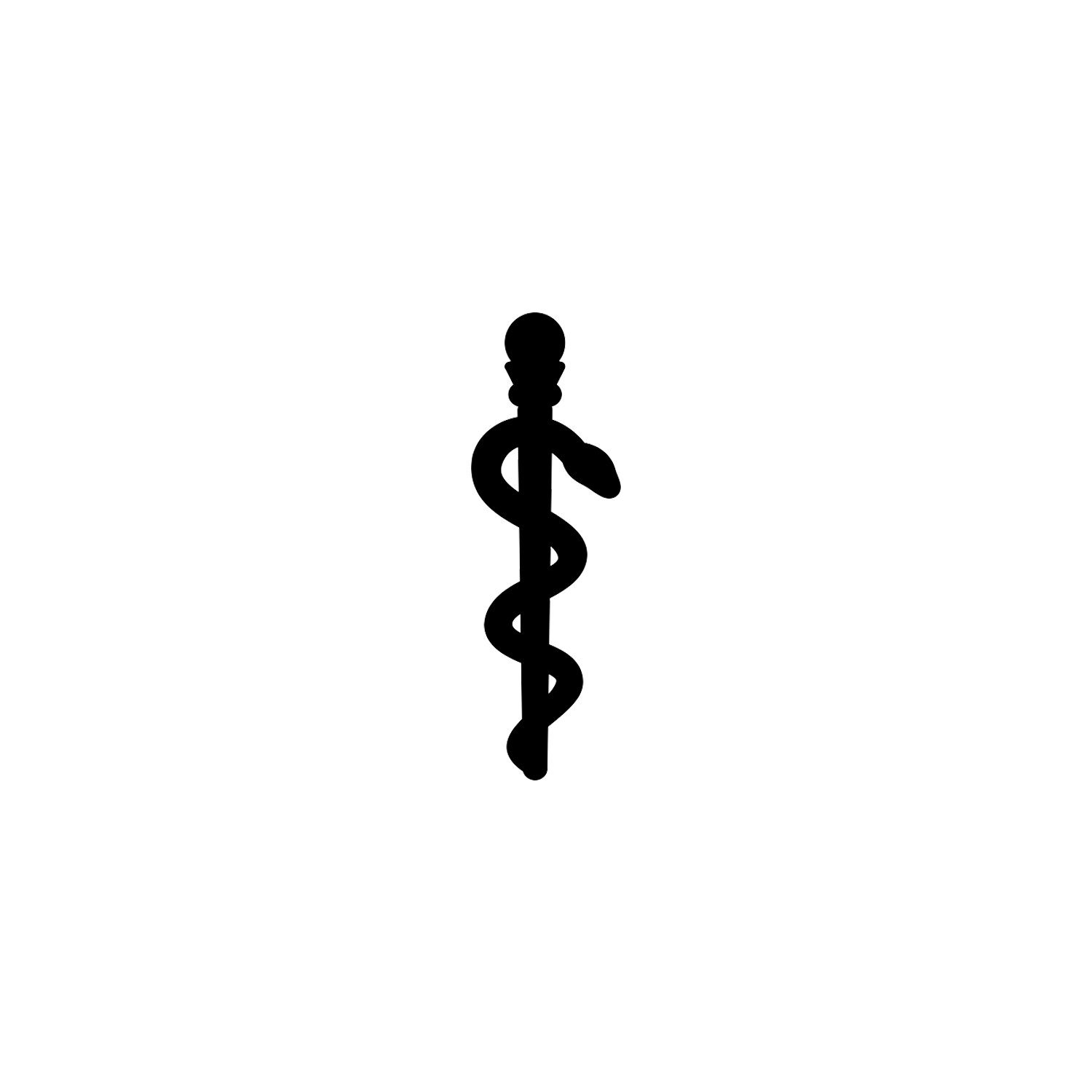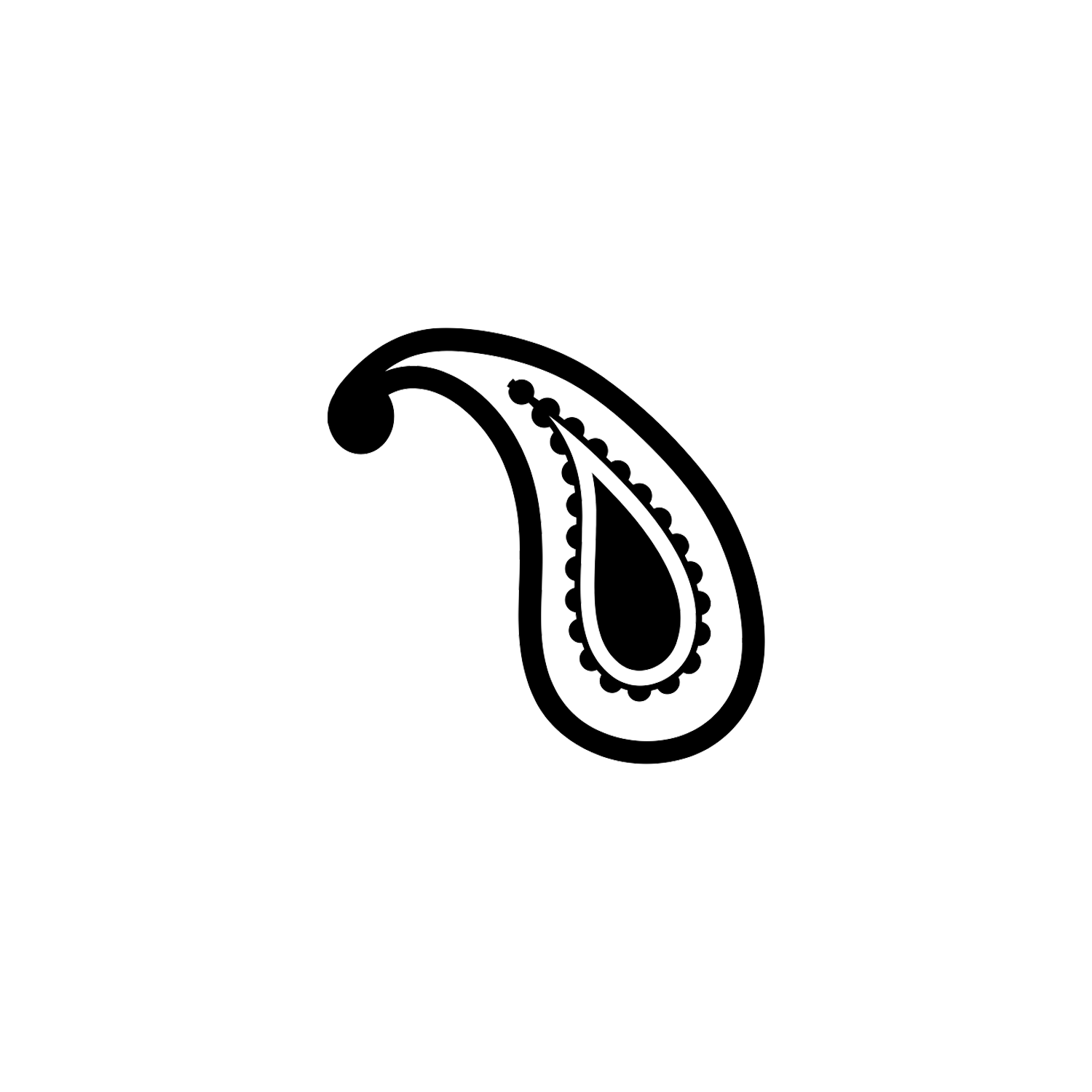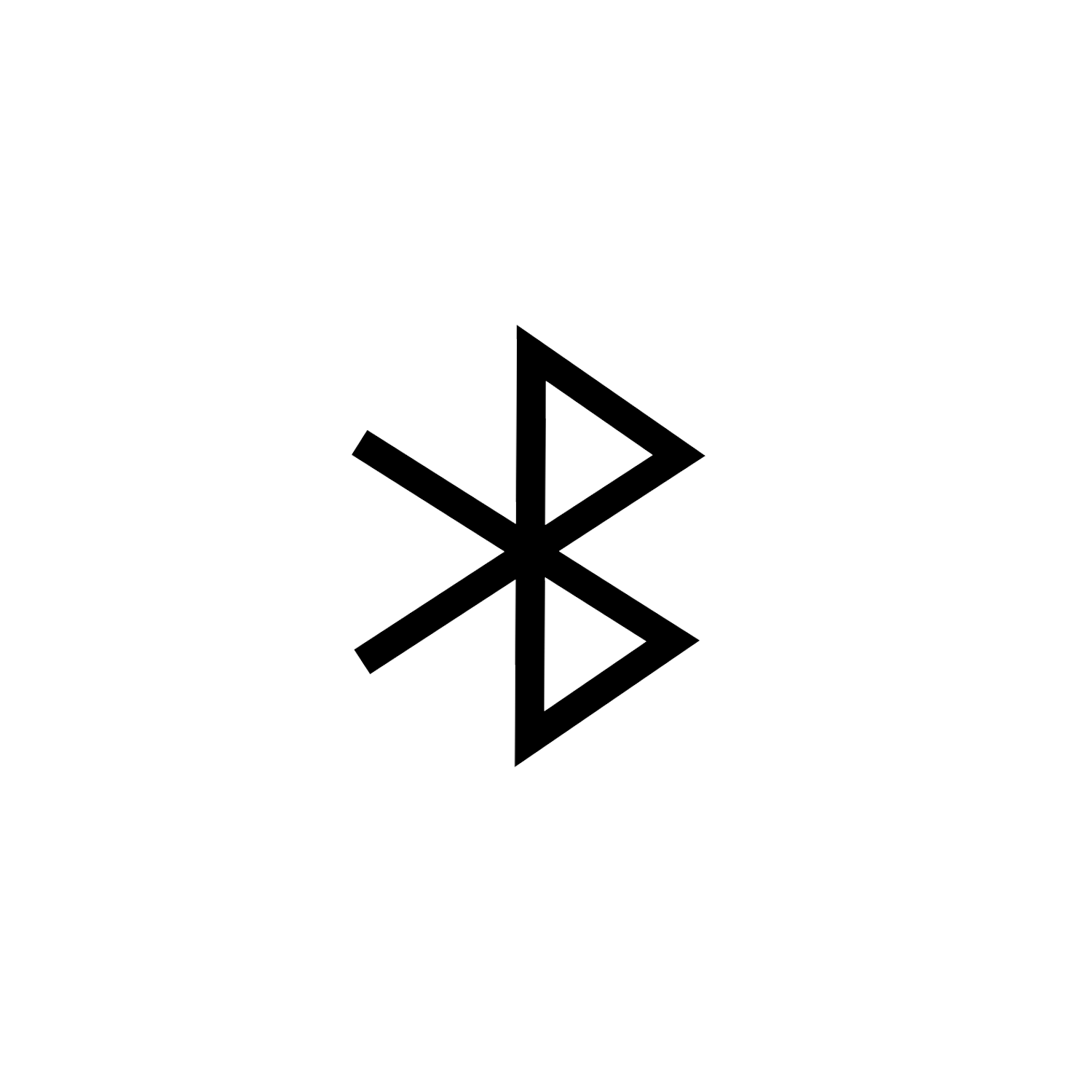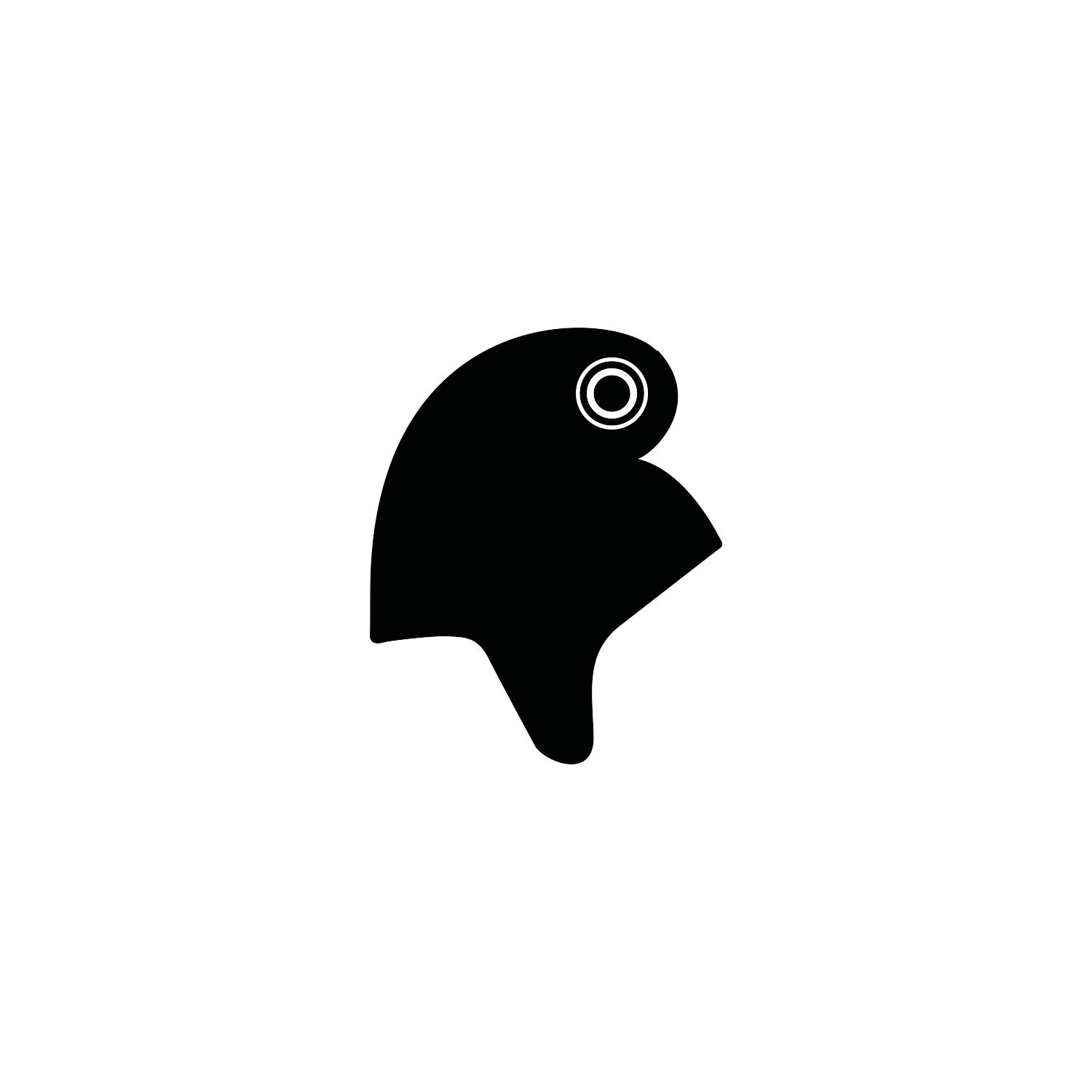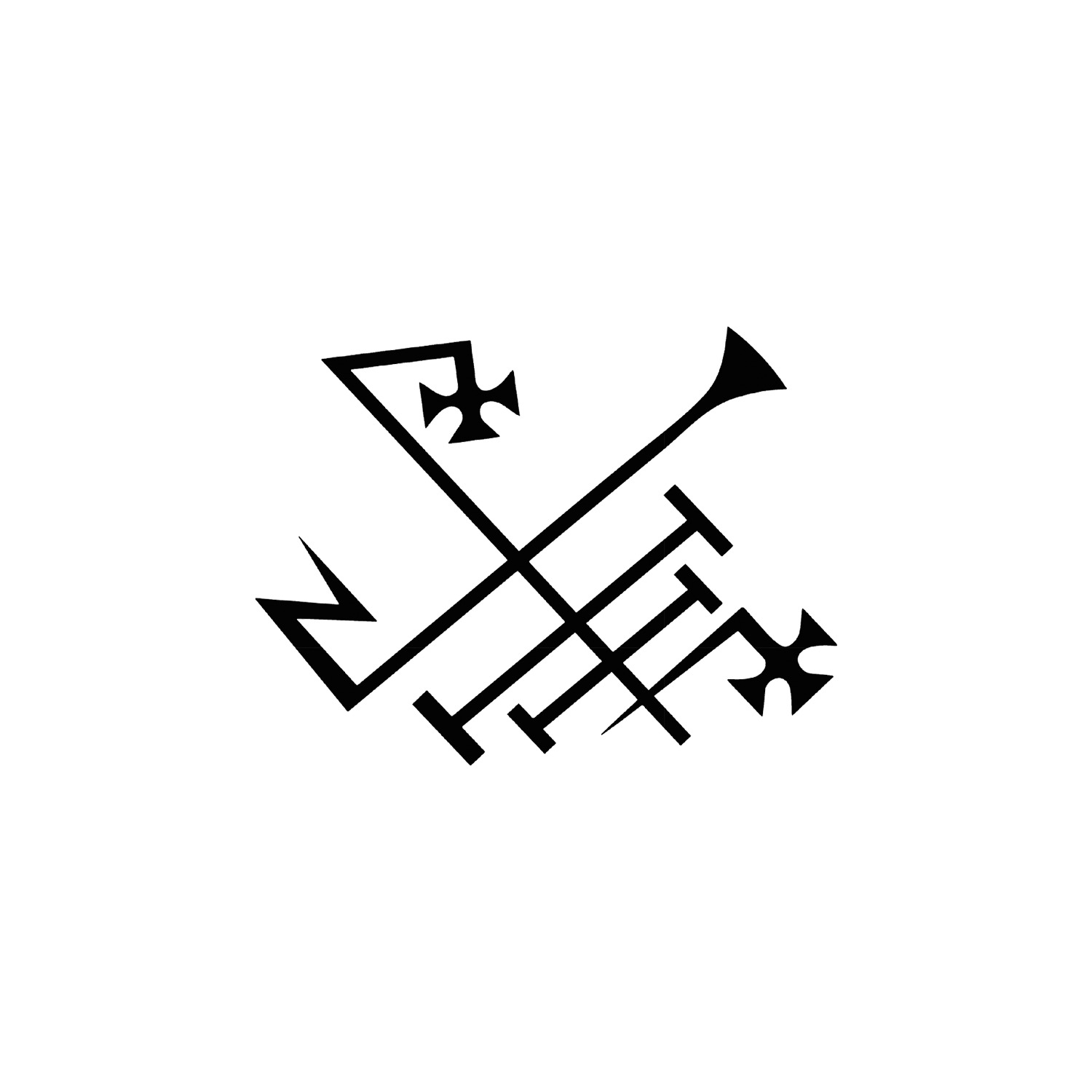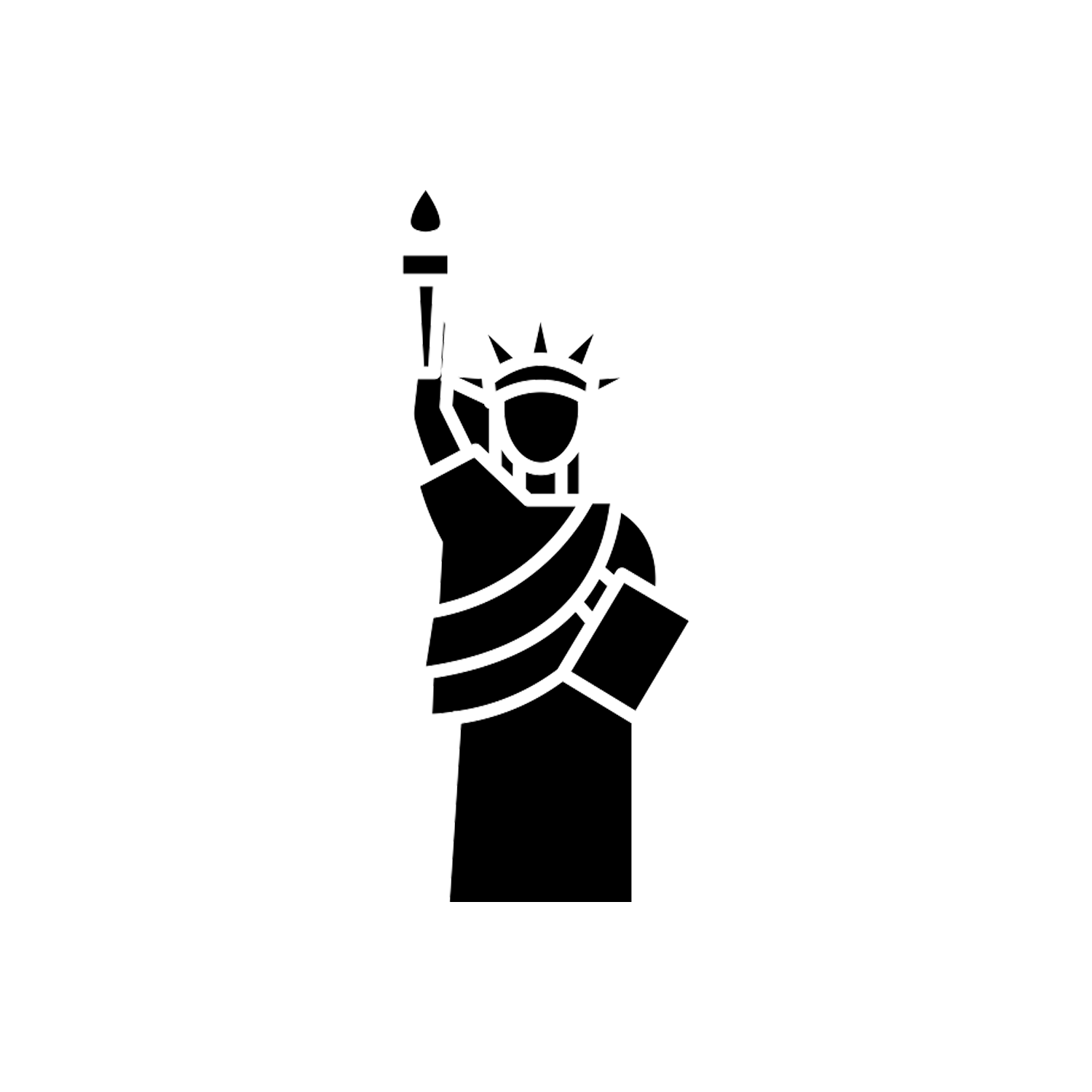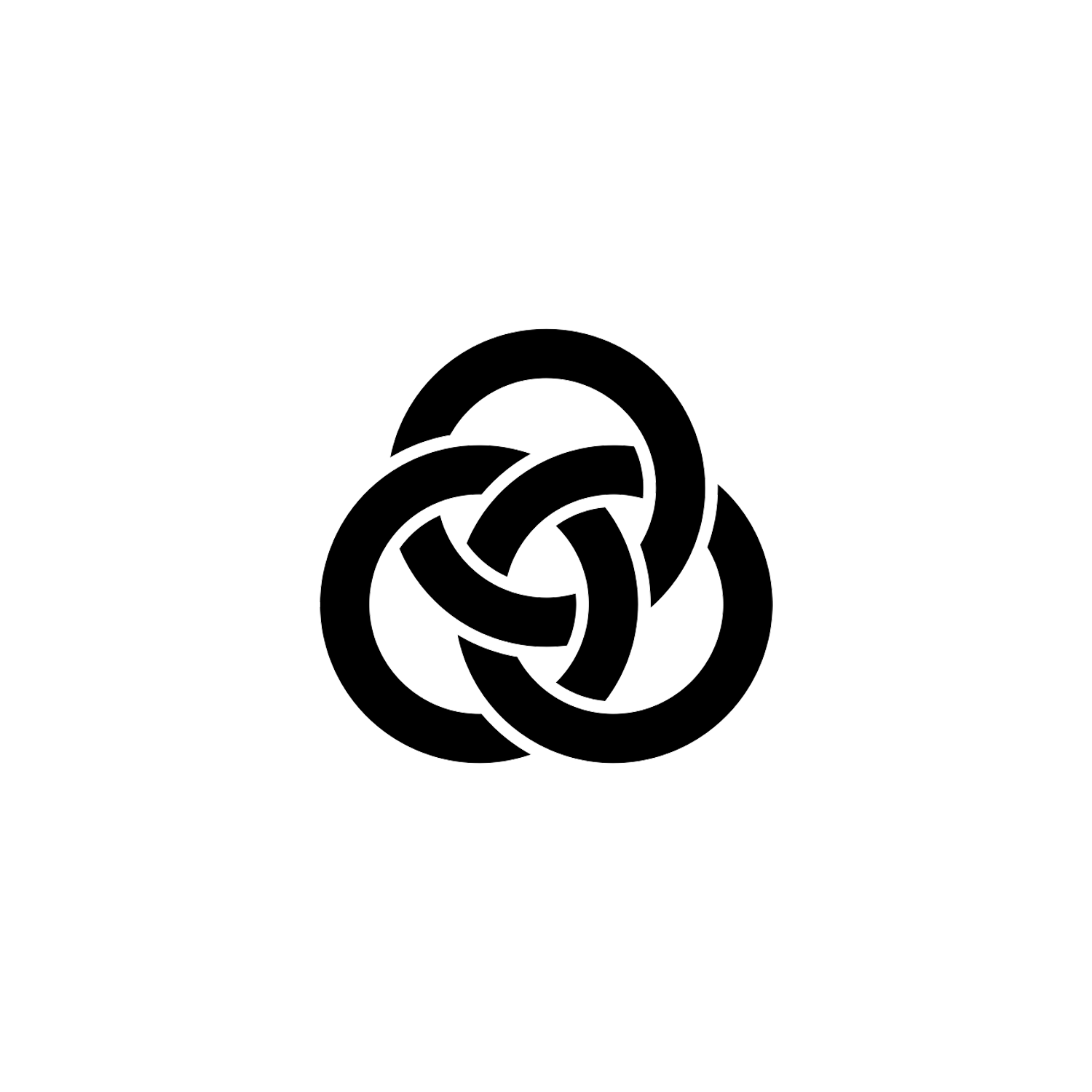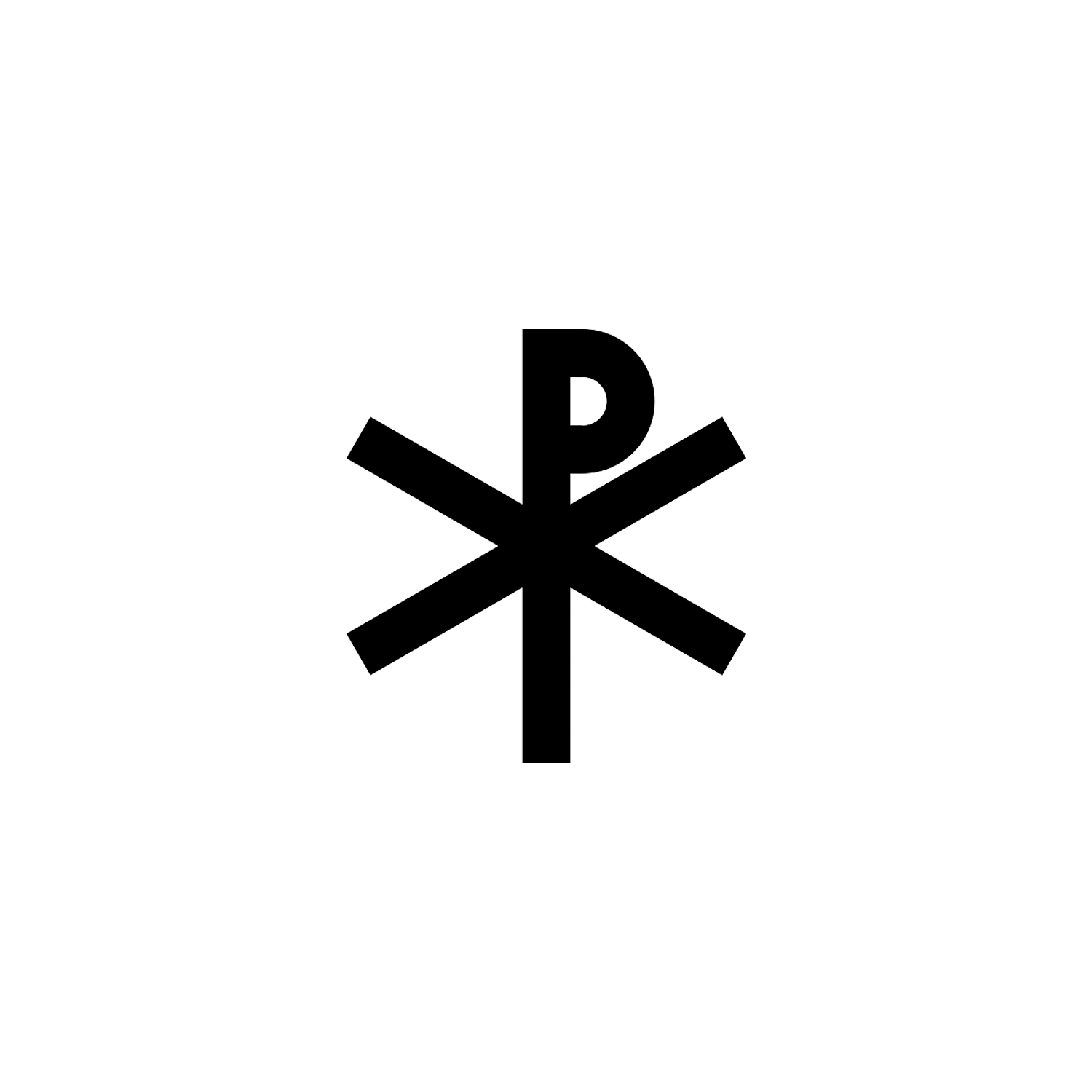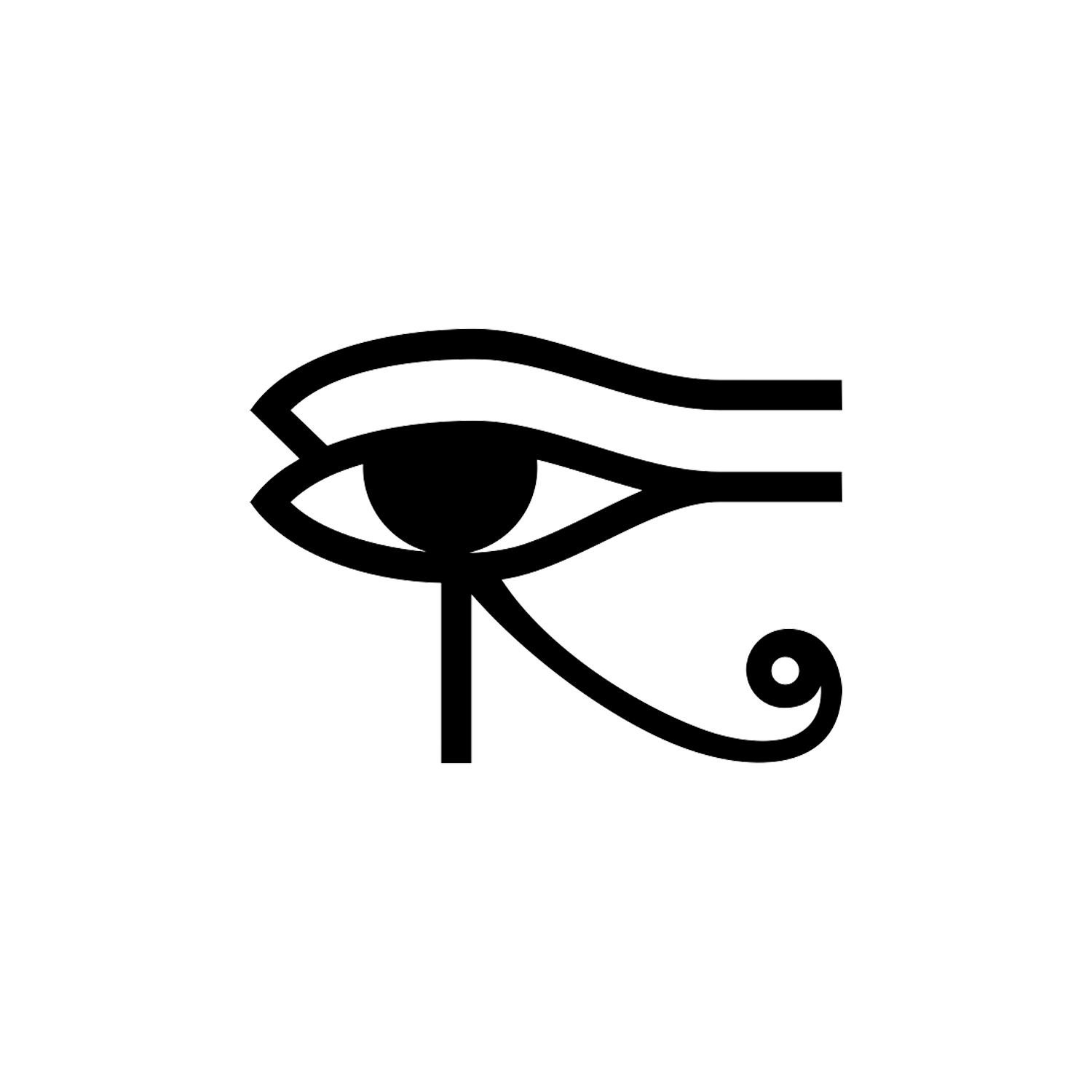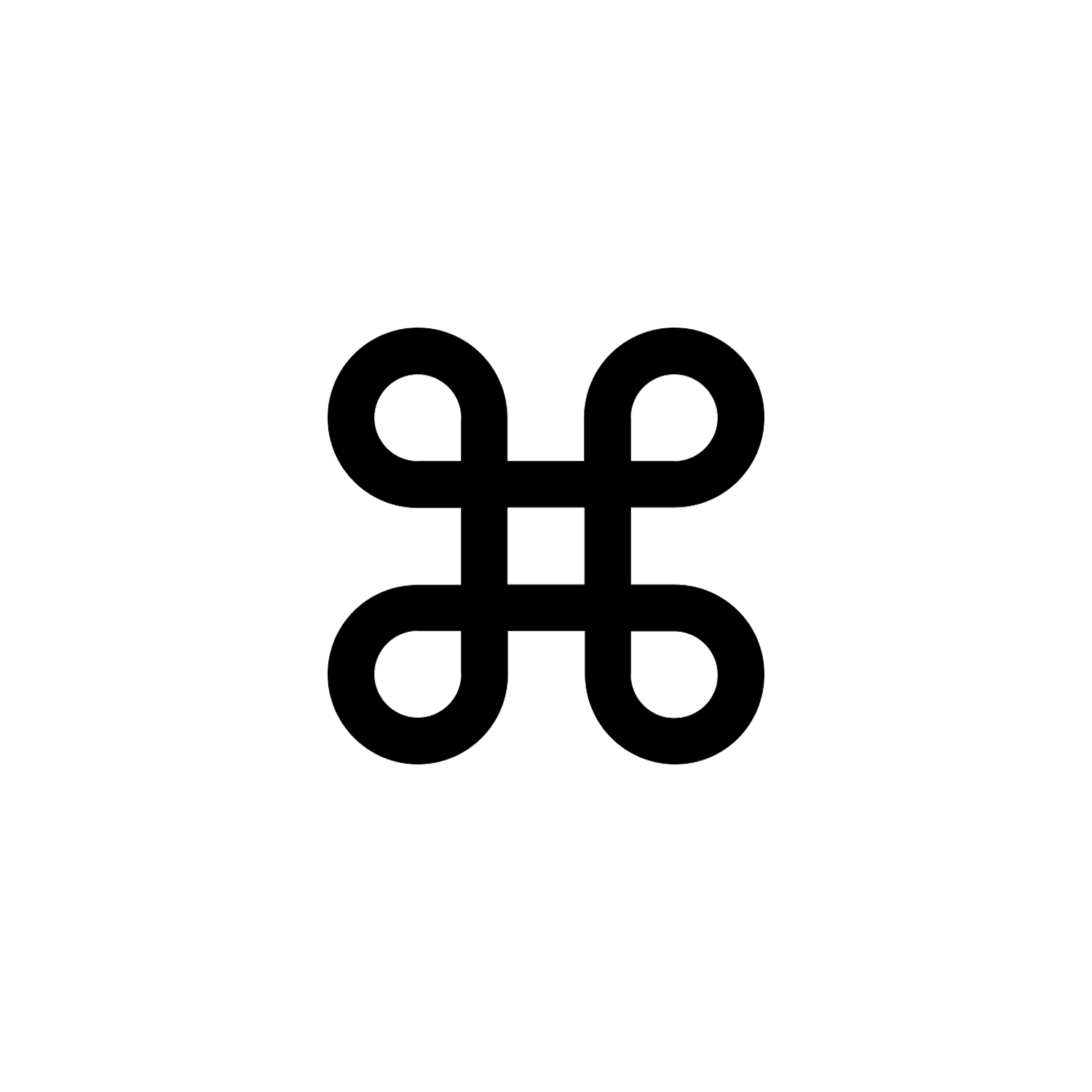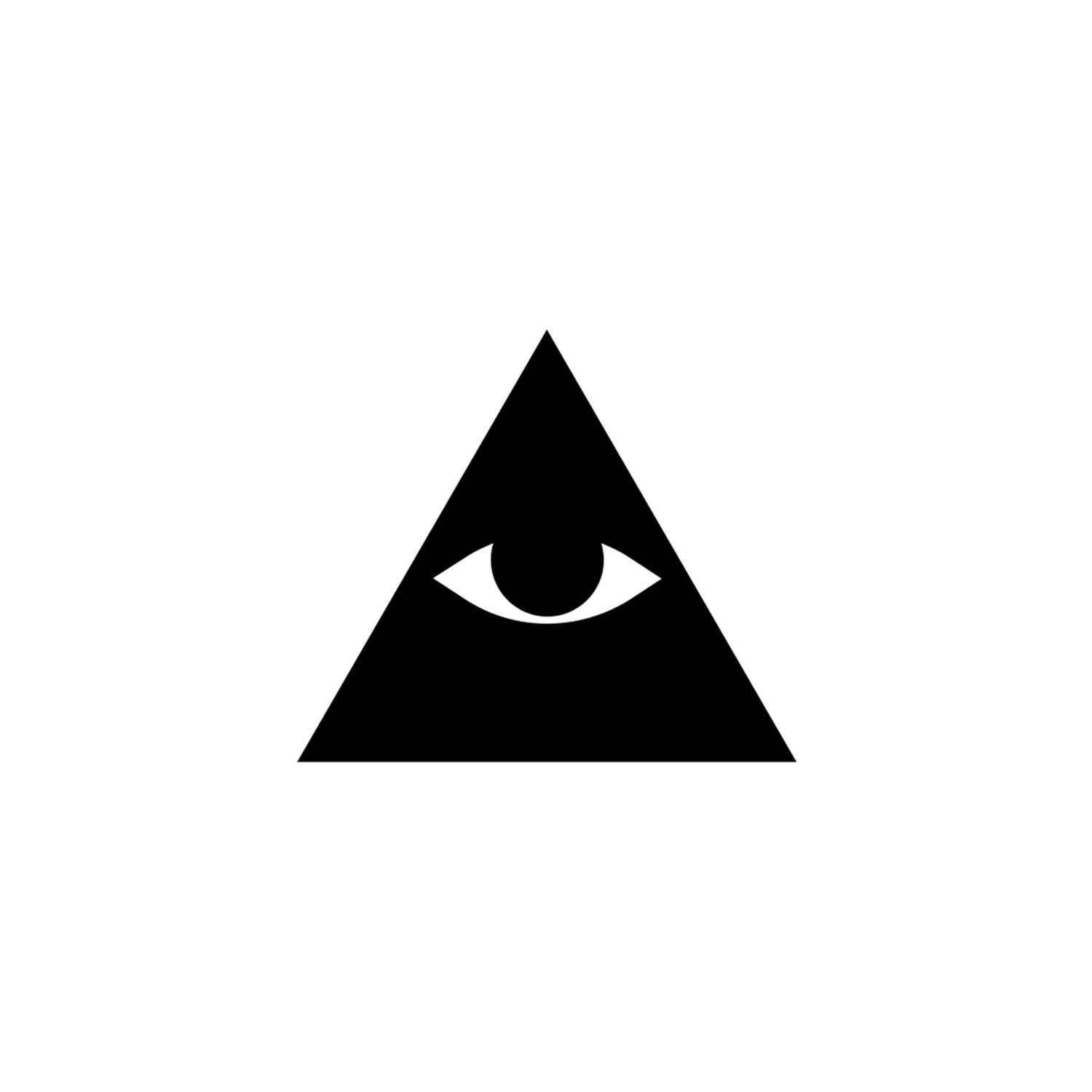Peace


Peace
One of the many symbols representing piece is the CND above.
Overview
A number of peace symbols have been used many ways in various cultures and contexts. The dove and olive branch were used symbolically by early Christians and then eventually became a secular peace symbol, popularized by a Dove lithograph by Pablo Picasso after World War II.
In the 1950s the “peace sign”, as it is known today (also known as “peace and love”), was designed by Gerald Holtom as the logo for the British Campaign for Nuclear Disarmament (CND),[1] a group at the forefront of the peace movement in the UK, and adopted by anti-war and counterculture activists in the US and elsewhere.
The symbol is a superposition of the semaphore signals for the letters “N” and “D”, taken to stand for “nuclear disarmament”,[2] while simultaneously acting as a reference to Goya’s The Third of May 1808 (1814) (aka “Peasant Before the Firing Squad”).[3]
Origin and Meaning
The symbol now known internationally as the “peace symbol” or “peace sign”, or alternatively as the nuclear disarmament symbol, or the CND symbol (Campaign for Nuclear Disarmament)[4] originates as a symbol representing the threat of nuclear annihilation used in British anti-nuclear activism from 1958.
It was widely adopted in the American anti-war movement in the 1960s and was re-interpreted as generically representing world peace. It was still used, however, in its original anti-nuclear context by activists opposing nuclear power, in the 1980s (although the Smiling Sun image [“Nuclear power? No thanks!”] predominated).

The symbol was designed by Gerald Holtom (1914–1985) for the British nuclear disarmament movement.[1] Holtom, an artist and designer, presented it to the Direct Action Committee on 21 February 1958 where it was “immediately accepted” as a symbol for a march from Trafalgar Square, London, to the Atomic Weapons Research Establishment at Aldermaston in Berkshire on 4 April.[5][6][7][8]
Holtom’s design was adapted by Eric Austen (1922–1999) to ceramic lapel badges.[9][10][11] The original design is in the Peace Museum in Bradford, England.[12]
The symbol is a super-imposition of the flag semaphore for the characters “N” and “D”, taken to stand for “nuclear disarmament”.[2]
This observation was made as early as 5 April 1958 in the Manchester Guardian.[13][14] In addition to this primary genesis, Holtom additionally cited as inspiration Francisco Goya’s painting The Third of May 1808 (1814):
I was in despair. Deep despair. I drew myself: the representative of an individual in despair, with hands palm outstretched outwards and downwards in the manner of Goya’s peasant before the firing squad. I formalised the drawing into a line and put a circle round it.[15]

Although in the painting, the peasant shown has his arms stretched upwards, not downwards.
Ken Kolsbun, a correspondent of Holtom’s, says that the designer came to regret the symbolism of despair, as he felt that peace was something to be celebrated and wanted the symbol to be inverted.[16] Eric Austen is said to have “discovered that the ‘gesture of despair’ motif had long been associated with ‘the death of man’, and the circle with ‘the unborn child'”.[17]

The symbol became the badge of CND, and wearing it became a sign of support for the campaign urging British unilateral nuclear disarmament. An account of CND’s early history described the image as “a visual adhesive to bind the [Aldermaston] March and later the whole Campaign together … probably the most powerful, memorable and adaptable image ever designed for a secular cause”.[17]
Interpretations
Gerald Holtom had originally considered using a Christian cross symbol within a circle, but he was dissuaded by several priests who expressed reservations towards using the cross on a protest march.[18] Holtom’s symbol was nevertheless compared to the Christian cross symbol, as well as to the death rune (the inverted ᛘ rune associated with death in early 20th century esotericism).[19]

In 1968, the anti-Communist evangelist Billy James Hargis described the symbol as a “broken cross”, which he claimed represented the antichrist. Hargis’ interpretation was taken up by a member of the John Birch Society, Marjorie Jensen, who wrote a pamphlet claiming the symbol was equivalent to “a symbol of the devil, with the cross reversed and broken” supposedly known as “the crow’s foot or witch’s foot”.[20]
In June 1970, American Opinion, the journal of the John Birch Society, published an article which compared the symbol to a supposed “broken cross” claimed to have been “carried by the Moors when they invaded Spain in the 8th century”.
The newsletter of the National Republican Congressional Committee of 28 September 1970 on its question page made the comparison to a design of a “death rune” in a wreath published by the German Nazi party as representing (heroic) death, in 1942.[21] Time magazine in its 2 November 1970 issue made note of these comparisons, pointing out that any such resemblance was “probably coincidental”.[22]
During the time when St. Peter was crucified, Rome was under the rule of Nero–one of the most notoriously brutal of all of Rome’s emperors. During his reign, Nero prioritized the persecution and torture of Christians, believing the removal of all traces of Christianity would bring peace and prosperity to the Roman empire.
In his efforts to suppress Christianity, Nero adopted the symbol of an inverted cross with broken arms, which was meant to symbolize a believed failure and degradation in choosing a Christian path.

You might notice that the Neronic Cross bears a striking resemblance to the symbol we know today as the “peace sign”. Gerald Holtom, the original designer of the peace sign, expressed in interviews that he wanted to avoid equating the movement against nuclear disarmament with religion due to the negative view of Christianity present in Eastern cultures.

Conclusion
The Peace sign started its life as a symbol of the British anti-nuclear movement. Since then, it has become an international sign for peace and possibly the most widely used protest symbol in the world.
It consists of two semaphore signs. Flag semaphore is a visual signalling system in which flags are held in different positions representing the letters of the alphabet. This system has been used in the maritime world since the 1800s.
Artist Gerald Holtom used the semaphore signs representing N for Nuclear and D for Disarmament and combined them inside a circle. The circle represents the earth.
There are some other theories and claims made about the hidden meanings of the symbol, which we covered in this article. Other peace symbols are the Dove and the Olive Branch.
[1] "The CND symbol". Cnduk.org. 22 January 2014. Archived from the original on 24 July 2011.
[2] Breyer, Melissa (21 September 2010). "Where did the peace sign come from?". Shine. Yahoo!. Archived from the original on 7 November 2012.
[3] "History of the Symbol". Campaign for Nuclear Disarmament. Archived from the original on 26 July 2018.
[4] "Nuclear Disarmament Symbol Drawings". The Peace Museum's Collection. The Peace Museum, Bradford. Archived from the original on 1 February 2014."
[5] Jack, Ian (28 November 2015). "He gave his unforgettable work for nothing. Shouldn't the designer of the peace symbol be commemorated?". The Guardian. Archived from the original on 20 February 2018.
[6] "Nuclear Disarmament Symbol Drawings". The Peace Museum's Collection. The Peace Museum, Bradford. Archived from the original on 1 February 2014."
[7] "First use of the peace symbol, 1958". Archived from the original on 19 February 2012.
[8] Lacayo, Richard (27 March 2008). "A Piece of Our Time". Time Magazine. Archived from the original on 1 April 2008.
[9] Christopher Driver, The Disarmers: A Study in Protest, London: Hodder and Stoughton, 1964.
[10] W. J. Mc Cormack (17 July 1999). "Obituary of Eric Austen, The Independent, 17 July 1998". The Independent. UK. Archived from the original on 22 January 2012.
[11] "On February 21, 1958, the Peace Symbol Design Was Completed by Gerald Holtom". vintag.es. Vintage Everyday. 21 February 2022. Archived from the original on 21 February 2022.
[12] Christopher Driver, The Disarmers: A Study in Protest, London: Hodder and Stoughton, 1964.
[13] "Early Defections in March", Manchester Guardian, 5 April 1958 Archived 22 November 2016 at the Wayback Machine "By the time the marchers had left Chiswick they numbered less than two thousand. Above them bobbed the signs of the Campaign for Nuclear Disarmament, a sort of formalised white butterfly which, it appeared, was the semaphore sign for "N.D." "
[14] "The CND symbol". Hugh Brock Papers. Archived from the original on 3 October 2013.
[15] "History of the Symbol". Campaign for Nuclear Disarmament. Archived from the original on 26 July 2018.
[16] Westcott, Kathryn (20 March 2008). "World's best-known protest symbol turns 50". BBC News. Archived from the original on 21 March 2008.
[17] Christopher Driver, The Disarmers: A Study in Protest, London: Hodder and Stoughton, 1964.
[18] "The CND logo". Campaign for Nuclear Disarmament. Archived from the original on 25 March 2008.
[19] "In the past, a very similar inverted cross was known to represent Peter hanging upside down on the cross. When that symbol was placed on the door, it was a sign to persecuted Christians that there would be church services in that home." Pasadena Star-News 8 May 1968, cited after George Stanford, The Myth of the Witch's Foot: How the John Birch Society Created a Hoax About the Peace Sign Archived 17 October 2015 at the Wayback Machine, Monday, 3 December 2012.
[20] Walling, Marie H. (13 January 1969). "Popular pendant's meaning: symbol of peace or evil?". Arizona Republic. p. 41. Retrieved 21 March 2024 – via Newspapers.com.
[21] National Republican Congressional Committee (28 September 1970), cited after Stanford (2012). Caption Wochenspruch der NSDAP. / Herausgeber / Folge 12, 15. – 21. Marz Wochenspruch Folge 12, 15–21 März, Reichspropagandaleitung der NSDAP (1942).
[22] "What's in a Symbol?" Archived 30 October 2010 at the Wayback Machine, Time, 2 November 1970.
Latest Symbols
Monthly Digest
A summary of symbols for the month in a quick read format straight to your inbox.


